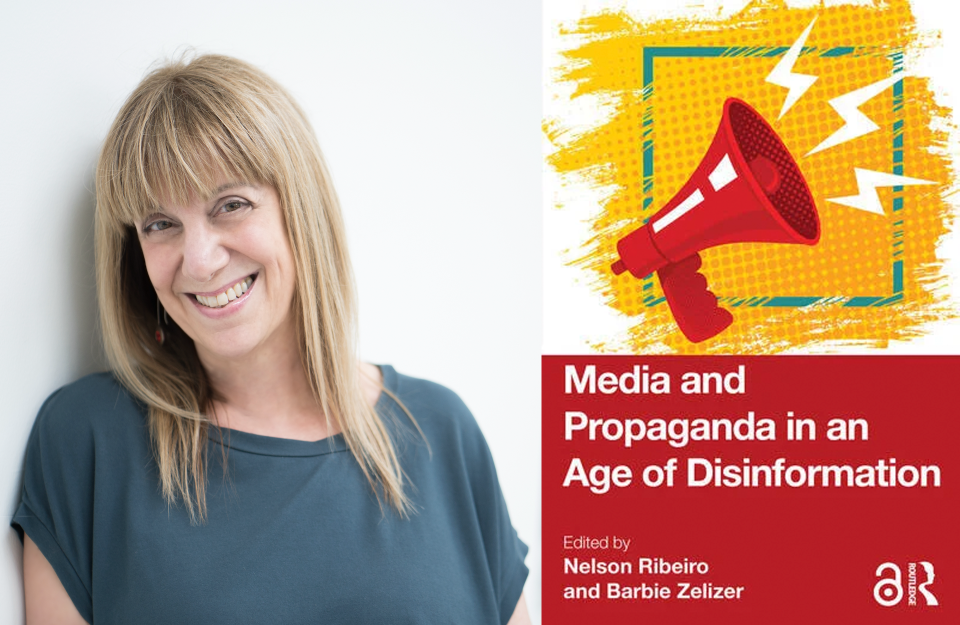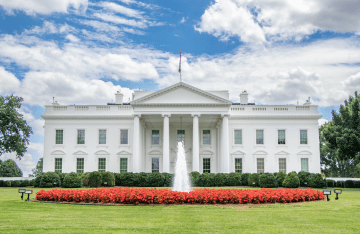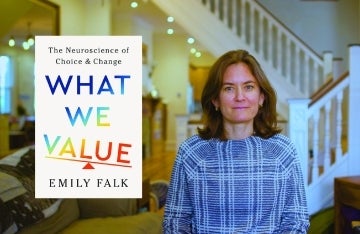Q&A: Media and Propaganda in an Age of Disinformation
In a new book, Professor Barbie Zelizer, Universidade Católica Portuguesa Professor Nelson Ribeiro, and other communication scholars explore media and propaganda.

Barbie Zelizer, Ph.D.
As a researcher of journalism, particularly journalism produced in times of crisis, Annenberg School for Communication Professor Barbie Zelizer has noticed that the term “propaganda” seems to have fallen out of favor in public discourse. Instead, members of the public, as well as reporters and researchers, focus on terms like disinformation, misinformation, and fake news.
But propaganda is alive and well, she says, and its alternative contemporary terms do not fully capture all it encompasses.
A newly published book, edited by Zelizer and Nelson Ribeiro, Professor of Communication Studies at Universidade Católica Portuguesa — Media and Propaganda in an Age of Disinformation — explores propaganda across borders, topics, and timelines.
The book emerges from the Lisbon Winter School for the Study of Communication, a week-long workshop that allows early-career researchers from around the world to explore pressing topics in media and communication with senior scholars. Zelizer, director of Annenberg’s Center for Media at Risk, has collaborated with Ribeiro, Vice-Rector at the Universidade Católica Portuguesa for the last five years to hold these workshops.
Designed to provide advanced doctoral students and post-doctoral researchers the chance to think together with global experts on topics like propaganda that are shifting in meaning and significance, the Lisbon Winter School has explored how media intersect with fear, uncertainty, ambivalence, and populism. Alongside the Center for Media at Risk and the Universidade Católica Portuguesa, it is supported by the Europaeum, a network of leading universities in Europe.
Each chapter in the book started as a keynote given at the Lisbon Winter School, Zelizer explains, including a talk by Annenberg Dean Sarah Banet-Weiser focusing on how the threat of sexual violence is used as a propaganda tool. In addition to the book, the International Journal of Communication featured a special section of articles in 2024 drawn from select presentations about media and propaganda by the Winter School’s early-career researchers.
We spoke to Zelizer about the volume, which is available online now.
In your chapter, you write that there is a tendency, particularly in democratic regimes, not to call propaganda campaigns “propaganda.” Why do you think that is?
We see unmistakable currents for thinking about propaganda that strategically limit its use in democracies. Though early thinkers about propaganda—like Lasswell, Lippmann or Bernays—argued it had good and bad sides that made it relevant to all kinds of political regimes, the binary thinking of the Cold War shifted use of the term “propaganda” to address autocracies and the term “information” to describe what happens in democracies. This idea—that autocracies propagandize while democracies persuade—has been strengthened ever since. It’s particularly prevalent today, where a combination of privatization, polarization, and digitization hides the similarities between current information disorder and traditional notions of propaganda. Identifying information disorder as propaganda risks impairing the very foundation on which democracy rests. So we tend to steer clear of it, to our own detriment.
What can history tell us about propaganda in the contemporary digital media environment?
History shows us that the distinction between “good” and “bad” regimes that we in part associate with propaganda’s “absence” and “presence” doesn’t hold much water. There’s much more similarity than we recognize. Not only is the distinction much less clear and stable than we would like to believe, but it is a cautionary sign for how we are able to understand and assess the information disorder around us. For if we don’t link current information disorder to its historical antecedents more fully, we face the risk of being unable to mitigate its spread.
What do you find when comparing propaganda in democratic and autocratic regimes?
The fact that propaganda gets externalized to autocratic regimes and invisibilized in democracies makes it harder to secure a clear picture of what it looks like comparatively. The traditional practices of top-down and state-controlled nefarious relays still exist. But so do current practices that may seem to be more about persuasion than propaganda. These practices substitute privatization for state activity, lateral and multi-directional polarization for top-down control and digital technology for legacy media. They suggest that we need to do a better job of identifying propaganda that works differently from the traditional model and to be clearer about how notions like disinformation, misinformation, and fake news are all very much varying forms of propaganda. We need a more capacious understanding of current propagandistic practices if we are ever to regain a more healthy information environment.



